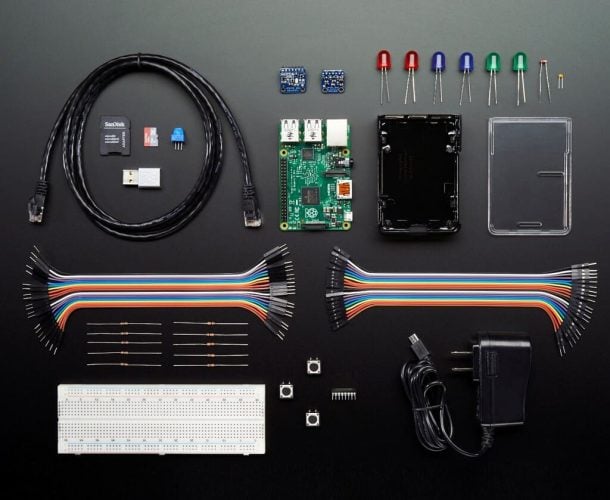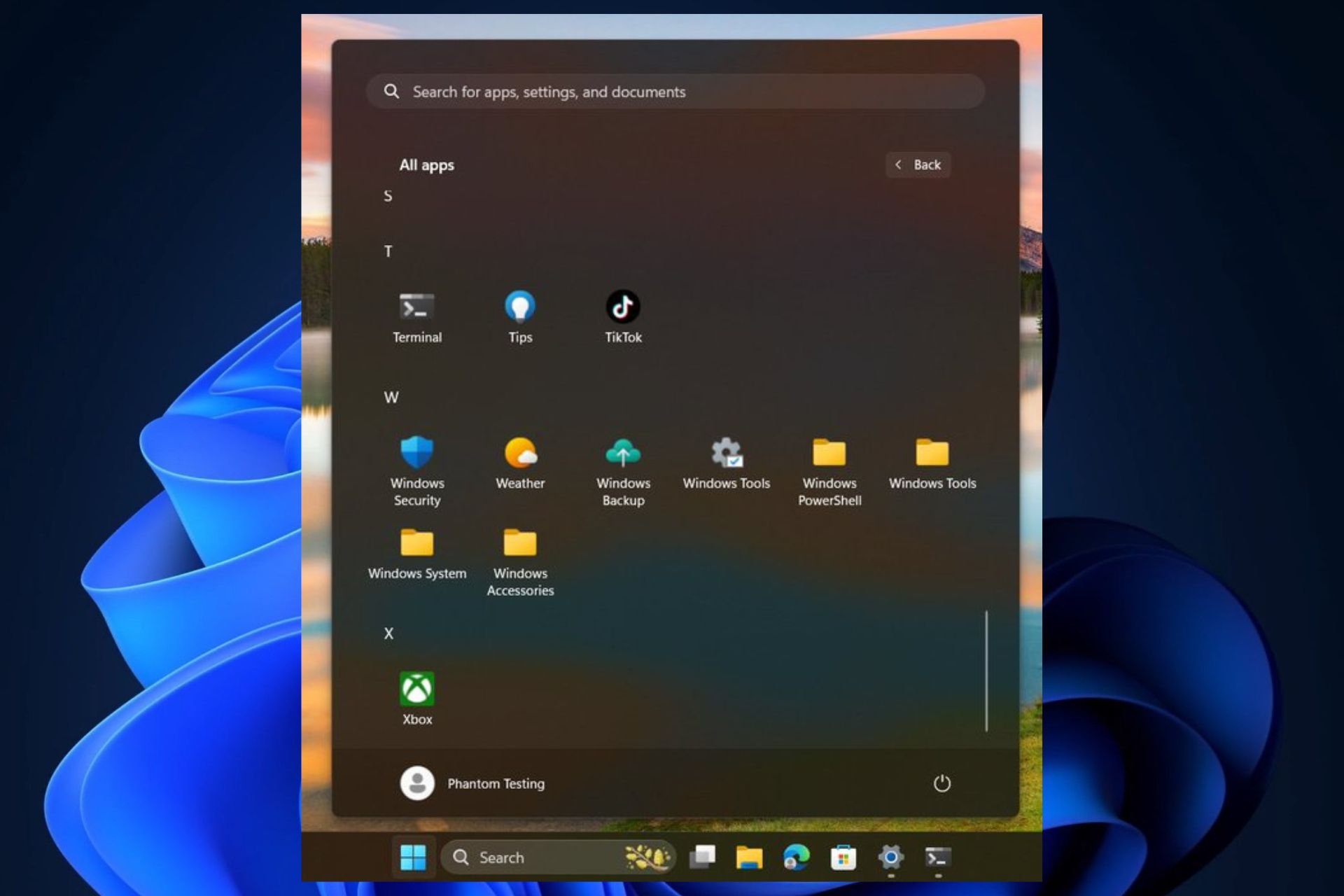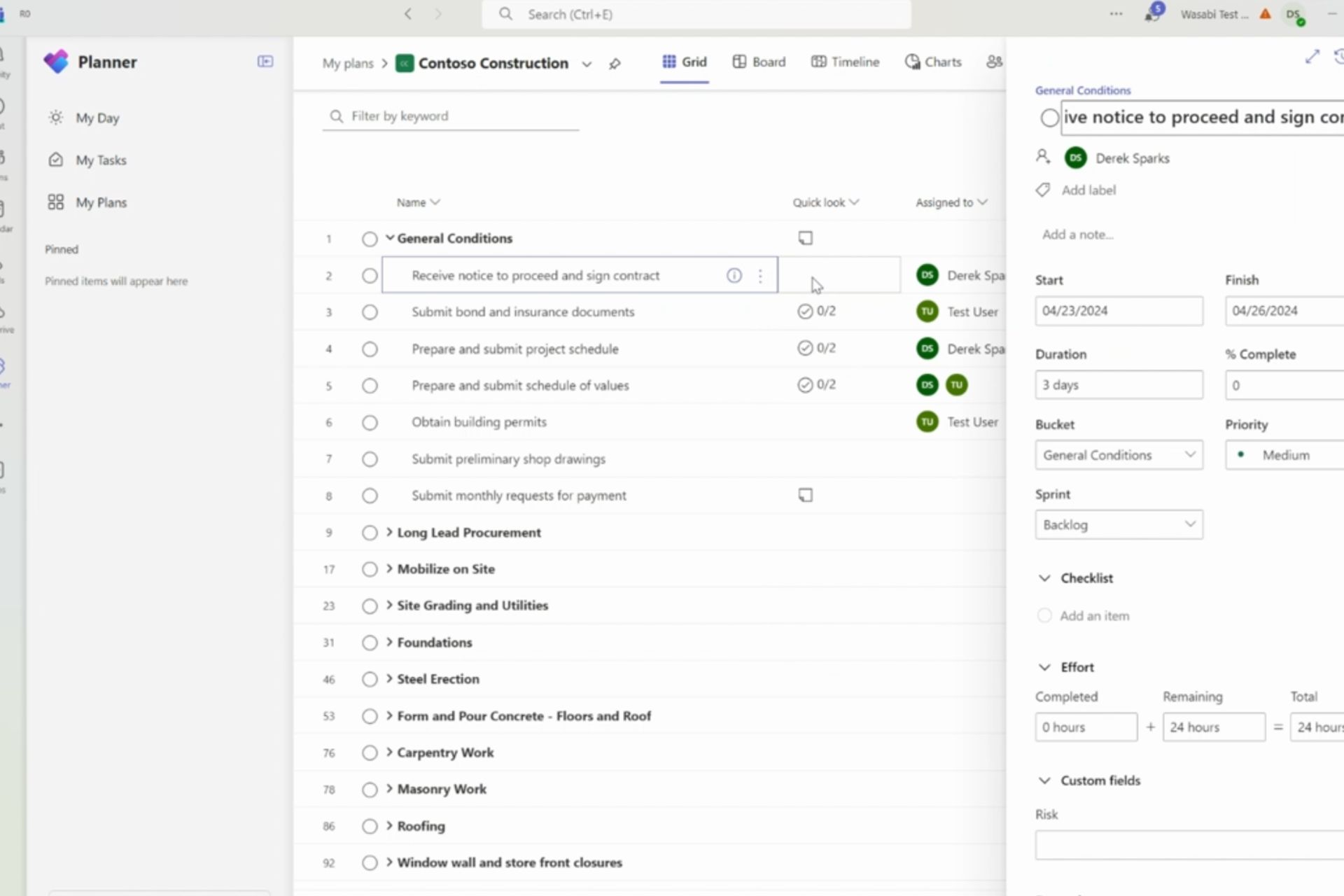Microsoft expands and updates Windows 10 IoT, supporting more hardware and development tools
3 min. read
Published on
Read our disclosure page to find out how can you help Windows Report sustain the editorial team Read more

Windows 10 runs on all kinds of devices, including desktops, notebooks, hybrids, tablets, smartphones, and even the Xbox One. However, one of the device types that receives the least coverage is Windows 10 for the Internet of Things, or Windows 10 IoT. Just because many people don’t pay attention to it, though, doesn’t mean that Microsoft isn’t constantly improving it, and the Windows blog wants us all to know what’s new in Windows 10 IoT.
The focus of Windows 10 IoT includes many of the same factors as other versions of Windows, including security, and adds in some serious attention given to machine-to-machine and machine-to-cloud connectivity. IoT makes up millions and eventually billions of very small footprint, low cost devices that need to communicate with each other and cloud services like Microsoft Azure, and Windows 10 will be the framework that holds everything together.
IoT devices including applications such as ATMs, handheld terminals, and retail point of sale systems, and Microsoft has already outlined the versions that will support these sorts of applications, Windows 10 Enterprise, Windows 10 Mobile Enterprise, and Windows 10 IoT Core. The latter version is for devices with the least resources, and it’s this version that Microsoft would like to talk about.
The two areas that Microsoft is focusing on at the moment are commercialization of Windows 10 IoT core, and improvements to the platform in terms of performance via various hardware configurations, connectivity via serial/UART support, Wi-Fi dongle support, and support for more development capabilities.
Commercialization
Microsoft already offers a royalty-free Windows 10 IoT Core edition that utilizes automatic updating. Today, the company is announcing a Windows 10 IoT Core Pro SKU for OEMs that enables update deferral and controlled update distribution via Windows Server Update Services. Microsoft also created a commercialization process to allow early adopter businesses to access Windows 10 IoT Core on a commercially licensed and royalty free basis.
In addition, Windows IoT Core will be offered as a part of a Raspberry Pi service offered by Raspberry Pi Trading and Element 14. This will make it possible for commercial OEM/ODMs to utilize maker hardware to produce products.
Platform improvements
Microsoft is adding support for a number of hardware enhancements to improve performance, manageability, and access to peripherals. These improvements include:
- GPIO performance improvements via a direct memory access bus driver enabling the use of native code. Pin Muxing support and 100X performance improvements are some of the advantages of the new driver.
- Serial/UART support on the Raspberry Pi with built-in FTDI USB-to-serial chipset driver. An example of applications that use these ports are home automation systems.
- Support for additional Wi-Fi dongles, including the Raspeberry Pi dongle and the RTL8188EU and RTL8192EU Realtek Wi-Fi chipsets.
Finally, Microsoft is making it easier to create Windows 10 IoT Core Universal Windows apps using Arduino Wiring Sketches, libraries, and hardware. Visual Studio can be added to projects via drag-and-drop and Arduino wiring code can be debugged on Windows 10 IoT Core devices.
There’s a ton of technical detail available in Microsoft blog post, and so be sure to read the whole thing if you’re a Windows 10 IoT developer or your company is looking to leverage the platform in your products. It looks like Microsoft is making the platform ever more useful, and you can download the latest release today and get started.








